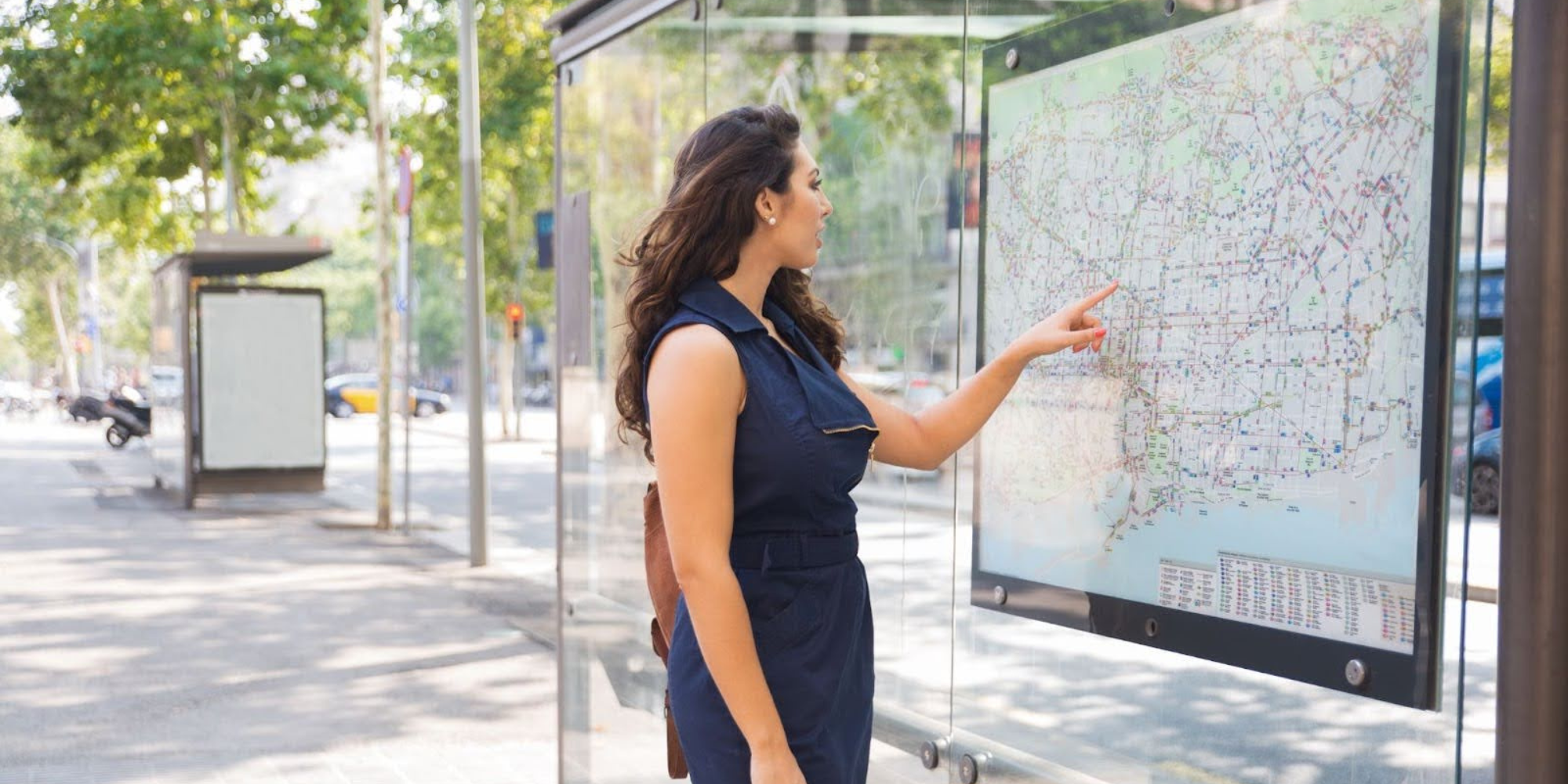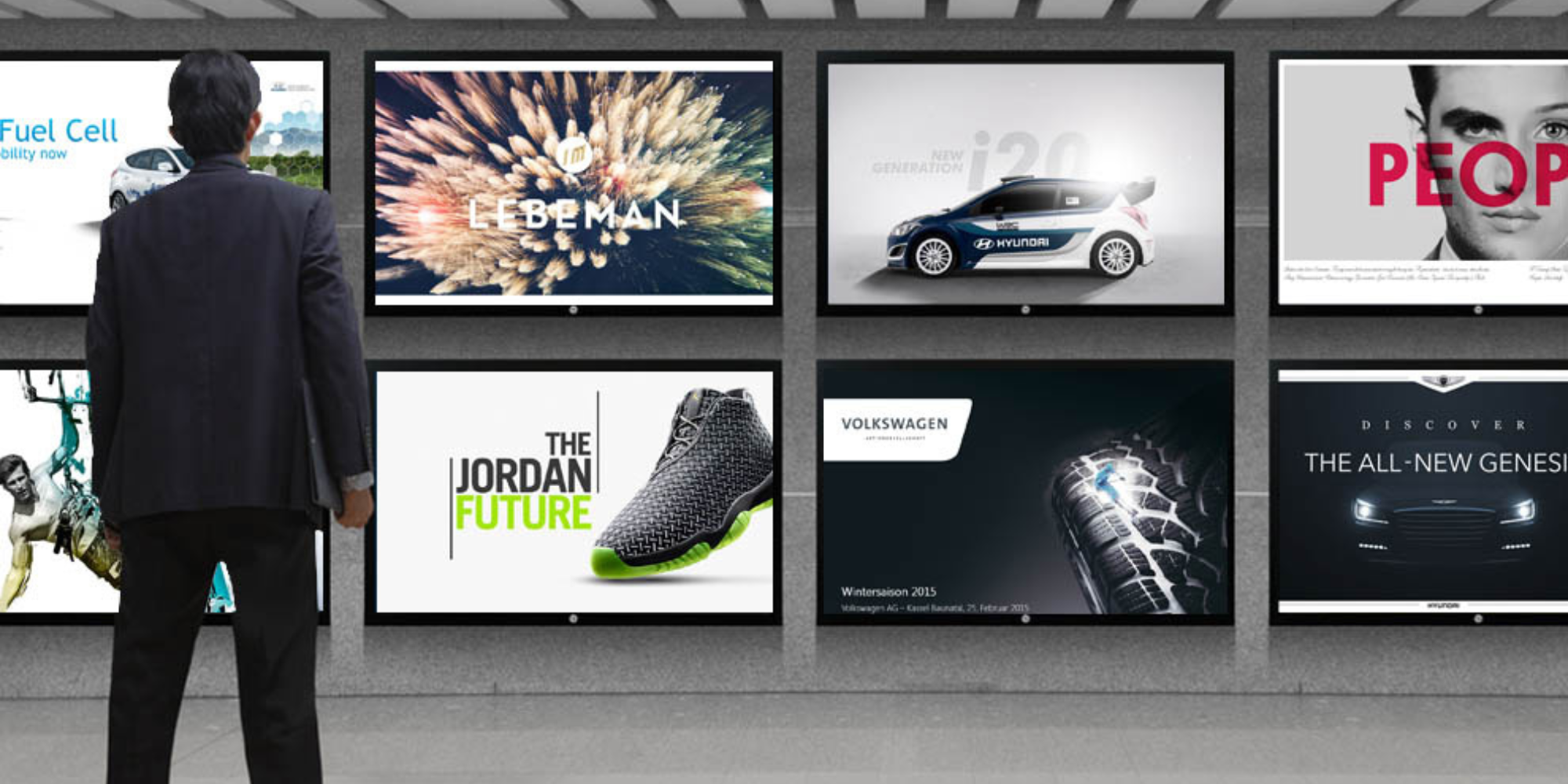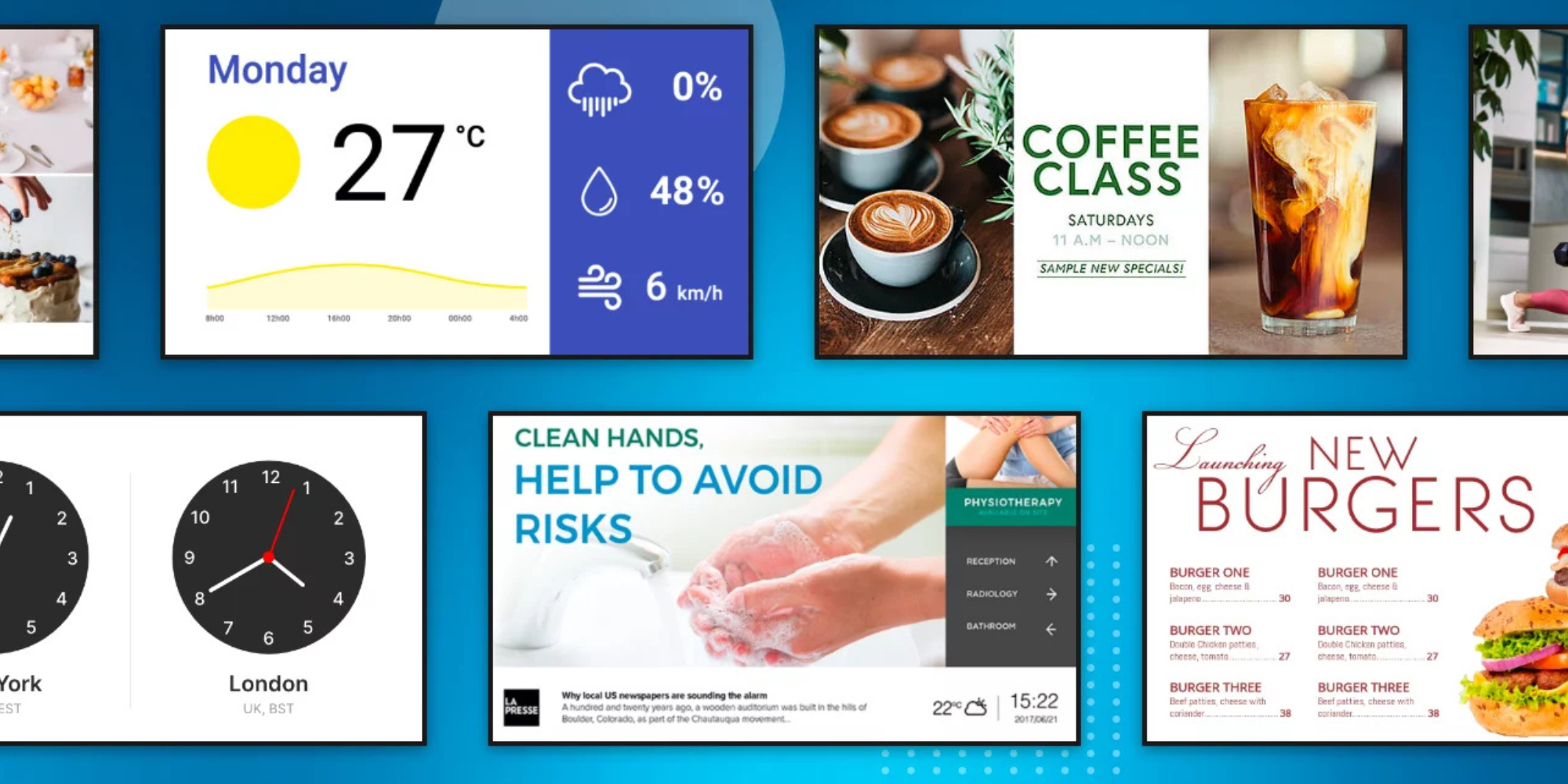
Wayfinding Kiosks vs Static Maps for Campus Navigation | Rise Vision
Navigating a large campus can be a challenge, whether it’s for a new student, a visitor, or a staff member. For years, static maps have been the go-to solution, but as technology advances, interactive wayfinding kiosks are becoming more popular. But which one works better for campus visitors? Let’s take a closer look.
The Traditional Static Map
Static maps have been around for a long time and for good reason—they’re simple, easy to create, and low-cost. At a glance, they give visitors a general layout of the campus and can highlight important locations like entrances, parking, and key buildings. The visitor can walk away with a clear sense of where to go.
That said, static maps come with a few limitations:
- No Easy Updates: If a building is moved, or a new one is added, the map can quickly become outdated. Updating a physical map means printing new ones and replacing them, which can be time-consuming and costly.
- Limited Details: Maps are pretty limited in how much information they can convey. If someone needs more details or directions, they’ll have to guess or search elsewhere.
- No Real-Time Changes: If something unexpected happens, like a campus event or a construction detour, static maps can’t provide real-time updates.
For campuses that don’t change much and don’t have too many moving parts, static maps can still be effective. But, in more dynamic environments, they tend to fall short.
The Rise of Wayfinding Kiosks
Wayfinding kiosks are cloud-based digital signage solutions that take traditional maps to the next level. They let visitors interact with the screen, zoom in on areas of the campus, get step-by-step directions, and even receive real-time updates about their surroundings.
Here’s why these kiosks are getting more attention:
- Real-Time Updates: If a campus has changes, like a new building or road closure, kiosks can be updated instantly. No more worrying about outdated information.
- Customizable Directions: Visitors can enter their destination and get detailed, customized directions, which is something a static map simply can’t offer.
- Interactive: These kiosks do more than show a map—they can display schedules, emergency alerts, and other important information, all on one screen.
- Convenience: With a touch of a screen, visitors can quickly get the info they need without having to stop and ask for directions.
- Less Dependence on Staff: Instead of having campus staff constantly directing visitors, the kiosks handle the work, freeing up people to do other tasks.
Given these benefits, it’s easy to see why more campuses are opting for digital kiosks. They offer an interactive experience, reduce the need for physical maps, and provide accurate, up-to-date information that’s easy for visitors to access, especially through interactive campus maps that display dynamic and real-time data.
Wayfinding Kiosks in Action

It’s not just talk—many campuses are already using these kiosks successfully. Universities, for example, have vast, complex campuses, and getting around can be confusing for first-time visitors. By installing wayfinding kiosks, schools are able to offer real-time directions, information about events, and even alerts for emergencies.
Hospitals, too, have found value in digital signage solutions and kiosks. They make it easier for patients and visitors to find their way around, whether they’re looking for a specific department or simply need directions to the cafeteria.
Why Choose Rise Vision for Your Wayfinding System?
If you're considering upgrading your campus's wayfinding system, Rise Vision’s digital signage software is worth checking out. Their cloud-based platform allows you to manage content for your wayfinding kiosks with ease. From maps to emergency alerts to campus-wide event schedules, Rise Vision can handle it all.
What sets Rise Vision apart is the ability to customize your signage. Whether you’re adding interactive maps or providing live updates, Rise Vision offers flexibility to create exactly what your campus needs. Plus, with their intuitive platform, updates can be done quickly and remotely, saving time and effort.
Cost Comparison: Kiosks vs Static Maps
While static maps are cheaper to create initially, they can become expensive over time. Replacing outdated maps, printing new ones, and dealing with the logistics of map distribution can add up. Plus, they can’t offer the same interactive experience that kiosks provide.
Wayfinding kiosks do require a higher initial investment, but the value they offer in terms of real-time updates and ease of use for visitors can outweigh the cost. They don’t need to be replaced as frequently as printed maps, and they save your staff time by reducing the need for direct assistance.
The Bottom Line: Which Is Better?
So, which one is better? Well, it depends. If your campus is small and doesn’t change much, a static map might still work just fine. But for larger campuses with lots of buildings, events, and constant changes, wayfinding kiosks offer more flexibility and up-to-date information.
With Rise Vision’s free digital sign solutions, upgrading to interactive kiosks is easier than ever. You can provide your visitors with a modern, user-friendly experience that helps them navigate your campus with confidence.
Whether you’re managing a school, a corporate office, or any large space, it’s clear that digital signage is the way forward.
More From Our Blog
-

Screen Sharing for Workplace Collaboration | Rise Vision
Screen-sharing technology has transformed how teams communicate and work together in real-time, regardless of their location. It can make presentations more engaging, support remote work, and speed[…]
Read More -

How to Use PowerPoint for Digital Signage
To create stunning, attention-grabbing, and effective digital signage content, you need the help of content creation and presentation tools. One of the most popular is Microsoft PowerPoint, owing to[…]
Read More -

120 Digital Signage Content Ideas
So…. you decided you would invest in some digital signage software and you need some ideas for ways you can make it stand out. This article is your go-to source for the best digital signage content[…]
Read More
Keep Your Displays Interesting – Pick New Templates Every Week!
Every week, we send template recommendations that will make you look great and improve your audience experience. And the best part, they save up to 16 hours of content creation time every week!
12,300+ Organizations Trust Rise Vision, You Can Too
Schedule a Free Demo
You deserve the #1 all-in-one platform for digital signage, screen sharing, and emergency alerts.



































